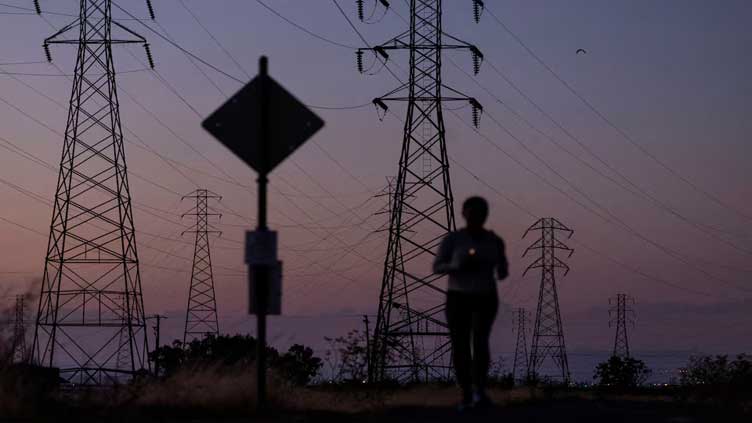FERC pushes for more guidance on co-located data center arrangements

Technology
FERC pushes for more guidance on co-located data center arrangements
NEW YORK (Reuters) - US energy regulators on Thursday directed the country's largest grid operator to provide clarity on how it handles co-location, an increasingly popular AI data center electricity arrangement that allows the computer warehouses to connect directly to power plants.
Current guidance on co-location by grid operator PJM Interconnection, however, appears to be insufficient, the Federal Energy Regulatory Commission said in an order.
FERC gave PJM Interconnection, which covers 13 states and the District of Columbia, 30 days to explain why its existing co-location rates, and other terms of service, were sufficient or propose changes.
"The absence of this information may leave generators and load unable to determine what steps they can take to set up co-location arrangements of various configurations, and how to do so in an acceptable way," FERC said in a statement.
Data centers, which need large amounts of energy for computing and cooling systems, are driving up U.S. electricity demand to record highs.
PJM alone is expecting 30 gigawatts of peak load to be added in the next five years, said FERC Commissioner David Rosner.
"That is staggering," said Rosner. One gigawatt is enough to power all the homes in a city the size of Philadelphia.
Constellation Energy, in November, filed a complaint against regional operator PJM Interconnection with FERC, saying insufficient guidance on co-located loads by PJM has let electric utilities unfairly thwart attempts to build data centers at its nuclear facilities.



